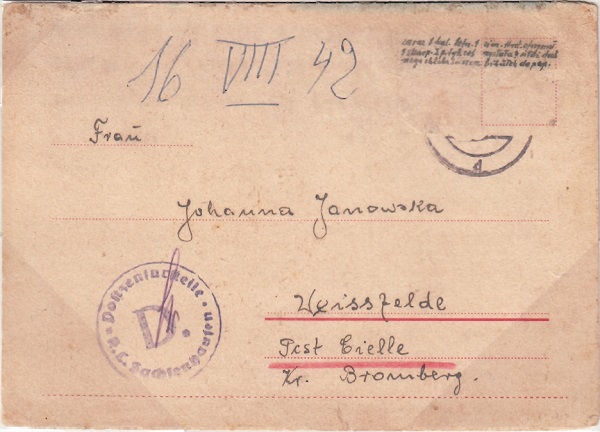I’m a big fan of Kieron Gillen ever since a small preview about Phonogram got my attention. Since then I was blown away when I read the first issue! So I had to follow this creator’s course especially when he delved into my favorite genre, superhero comics! Recently I found out that he was doing a comic book for Avatar Press a publisher where I knew creators like Warren Ellis and Garth Ennis lurked creating dark comics with no hold back content! So what was Gillen doing here what was he writing about? The answer is Über! A comic book placed in Germany during WW2 just in middle of the battle of Berlin with a whole new twist!
 The twist is that this time the German army by using powered beings as weapons they win the battle but don’t expect to read it as a golden age superhero comic, it’s nothing like that, it has more substance! There is much deep behavioral aspects of what humans do in a time of war, what they do to survive or conquer by using violence.
The twist is that this time the German army by using powered beings as weapons they win the battle but don’t expect to read it as a golden age superhero comic, it’s nothing like that, it has more substance! There is much deep behavioral aspects of what humans do in a time of war, what they do to survive or conquer by using violence.
Violence is a cruel behavior and in this issue of Über. We see it used

by different point of views, by people who it comes natural to them that do not see the wrong in it, by those who use it because they are forced by situations of life or death and by those who although they see the wrong in it and how it can corrupt you they also know it’s the only way to gain your goals in a time of war and conspiracy!

At first the comic didn’t catch my attention and that is only because I was not familiar with the detailed history of WW2 battles, armies, ranks and names, but as the story unfolded I was drawn into it without

realizing it! The main story develops in different threads in the same time which made me turn page after page in anticipation of what the final outcome will be. Finally all plots intersect at the most critical moment which is the battle! I won’t go into detail on who the characters are or what powered beings are being used. I will only say it is a story about soldiers and civilians in a cruel time of our history which Gillen delivers in a most fascinating way. It shows that he has studied and worked hard to create a story using a lot of facts and references from that era to hold what he has to say all the more true!
The creative team on Über’s art consists of Canaan White doing pencils, Michael Dipascale colors and Keith Williams inking. It would be wrong of me to not mention on how much the art helped in saying this story!!! Although it is in many ways realistic you cannot go without noticing some aspects of darkish 80’s retro style, the storytelling is very good and the colors with the inking add atmosphere giving a full illustrated outcome!

So in conclusion this is a comic still at the beginning of its story and very promising! It’s raw it’s true and I do believe that in the future we will see much more twists and turns and more griping character development in one of the cruelest eras of our history! Über #0 may have super beings but their powers are the special effects, the power of human behavior is what the story is about!
Read it and I’m sure you’ll enjoy it!!!!
Con Barbatsis for eCharta
Don't forget to share this:



















